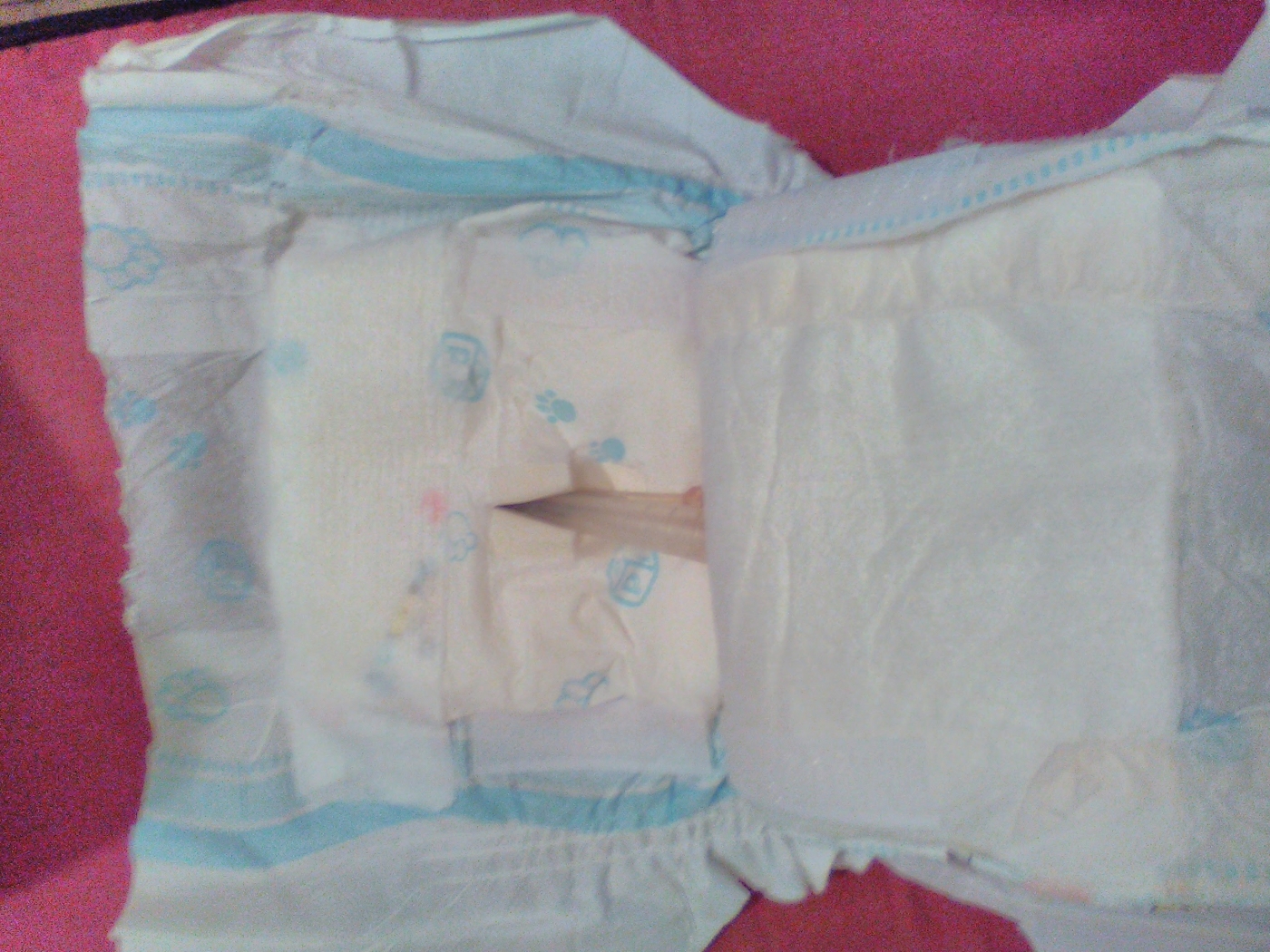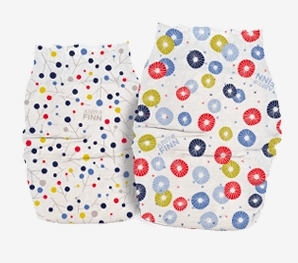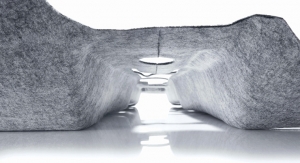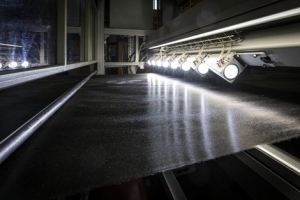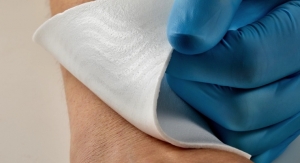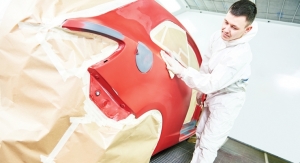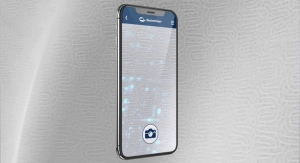01.31.19
You never know where inspiration lies.
Two years ago, while their young son was battling health problems, Tivon Jeffers and LisaRoxanne Walters-Jeffers’ were frustrated at how hospital staff deal were diapering him after surgery. To keep his urine and his feces separate in the diaper, nurses relied on a common practice, a double diaper method—cutting a hole in the bottom diaper for his genitals and slapping a second diaper on top. “It was kind of archaic—it aggravates diaper rash, leads to infections,” Tivon-Jeffers says. “It wasn’t working so we thought maybe a diaper with a divider or a flap would work.”
After several trials and errors and testing on their son, DiviDiaper was born. The diaper has an elasticized W-shaped divider on the center of the topsheet, effectively separating the urine and the feces. There is also an optional-use catheter hole and flap that permits safe and effective separation of a catheter tube or super-pubic tube to reduce infections and contamination of the catheter.
The design came after a long series of trials and errors where the couple tried several designs to see what was effective and what was not. “I was literally making prototypes by hand. We would number them and try each of them to see as they were working,” Walters-Jeffers says.
Once they came up with a solution, they showed it to their son’s doctor who was the chief of pediatric surgery at New York Presbyterian Hospital. Not only did he like the idea, he put it in their son’s orders to use DiviDiaper in place of regular diapers.
Since then, Jeffers and Walters-Jeffers have spent a lot of time talking to different diaper companies and contract manufacturers to see if they would do a manufacturing run. While there has been substantial interest, the costs related to reconfiguring a diaper line to accommodate the technology have posed a challenge.
“So far, I wouldn’t say getting it manufactured on a broader scale has been difficult,” Jeffers says. “Given the time we have been doing it, we have made progress. Of course it has taken some time but a lot of the companies we are talking to are trying to figure out the cost of manufacture—changing the systems—because it has never been done before.”
Despite these challenges, the technology has been positively received within the industry. In September, DiviDiaper won the RISE Innovation Award at INDA’s Research Innovation and Science for Engineered Fabrics (RISE) conference in Raleigh, NC, beating out submissions from industry veterans like Freudenberg Performance Materials and Suominen. More recently, the technology has been named one of three finalists for the Short Life Converted Product category of the international IDEA Achievement Awards, which will be presented in Miami Beach in March.
In addition to the baby diaper design, the couple has also patented a diaper pad or insert featuring the divider and catheter slit that could be used with a conventional diaper and is feeling out the potential the technology has in the adult incontinence market.
Jeffers says he hopes that finding the right manufacturing fit will be the next big coup for DiviDiaper. “We are speaking to a lot of manufacturers right now,” Jeffers says. “Hopefully, more exposure will allow the companies to see that it is worth their while to go ahead and manufacturer it.”
Two years ago, while their young son was battling health problems, Tivon Jeffers and LisaRoxanne Walters-Jeffers’ were frustrated at how hospital staff deal were diapering him after surgery. To keep his urine and his feces separate in the diaper, nurses relied on a common practice, a double diaper method—cutting a hole in the bottom diaper for his genitals and slapping a second diaper on top. “It was kind of archaic—it aggravates diaper rash, leads to infections,” Tivon-Jeffers says. “It wasn’t working so we thought maybe a diaper with a divider or a flap would work.”
After several trials and errors and testing on their son, DiviDiaper was born. The diaper has an elasticized W-shaped divider on the center of the topsheet, effectively separating the urine and the feces. There is also an optional-use catheter hole and flap that permits safe and effective separation of a catheter tube or super-pubic tube to reduce infections and contamination of the catheter.
The design came after a long series of trials and errors where the couple tried several designs to see what was effective and what was not. “I was literally making prototypes by hand. We would number them and try each of them to see as they were working,” Walters-Jeffers says.
Once they came up with a solution, they showed it to their son’s doctor who was the chief of pediatric surgery at New York Presbyterian Hospital. Not only did he like the idea, he put it in their son’s orders to use DiviDiaper in place of regular diapers.
Since then, Jeffers and Walters-Jeffers have spent a lot of time talking to different diaper companies and contract manufacturers to see if they would do a manufacturing run. While there has been substantial interest, the costs related to reconfiguring a diaper line to accommodate the technology have posed a challenge.
“So far, I wouldn’t say getting it manufactured on a broader scale has been difficult,” Jeffers says. “Given the time we have been doing it, we have made progress. Of course it has taken some time but a lot of the companies we are talking to are trying to figure out the cost of manufacture—changing the systems—because it has never been done before.”
Despite these challenges, the technology has been positively received within the industry. In September, DiviDiaper won the RISE Innovation Award at INDA’s Research Innovation and Science for Engineered Fabrics (RISE) conference in Raleigh, NC, beating out submissions from industry veterans like Freudenberg Performance Materials and Suominen. More recently, the technology has been named one of three finalists for the Short Life Converted Product category of the international IDEA Achievement Awards, which will be presented in Miami Beach in March.
In addition to the baby diaper design, the couple has also patented a diaper pad or insert featuring the divider and catheter slit that could be used with a conventional diaper and is feeling out the potential the technology has in the adult incontinence market.
Jeffers says he hopes that finding the right manufacturing fit will be the next big coup for DiviDiaper. “We are speaking to a lot of manufacturers right now,” Jeffers says. “Hopefully, more exposure will allow the companies to see that it is worth their while to go ahead and manufacturer it.”

